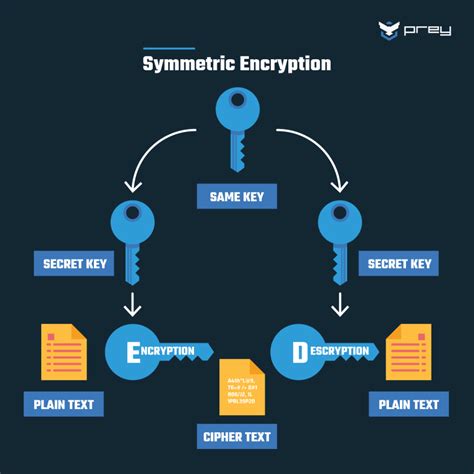The challenge of generating 1024-bit primes might initially seem as simple as just creating large random numbers, but in reality, it intersects deeply with the fundamentals of cryptography and computational efficiency. The necessity of these large primes primarily emanates from their use in cryptographic algorithms like RSA, where they secure everything from emails to financial transactions. In understanding this complexity, it’s paramount to recognize that every 1024-bit prime functions as one of the most critical building blocks in securing digital communications.
Reflecting on past experiences, like those shared from the early days of using PGP on 386 or 486 machines on Linux, prime generation often took formidable amounts of time. This historical perspective is crucial; it underscores not only the evolution of computing power but also the refinement of algorithms used in prime number generation. As computational capabilities have grown, the techniques have similarly evolved, leveraging both hardware and algorithmic advancements to reduce the time required for prime generation, all while maintaining the robustness of the output.
The actual generation process involves not just selecting any large number but ensuring it is a prime number with the appropriate properties for cryptographic use. For instance, the practice of setting the first and last bit of a number is a technique used to maintain the number’s size and ensure its oddity, circumventing even numbers which, apart from two, are non-prime. Such practices hint at the delicate balance between maintaining an ample field for random number generation while constraining the characteristics to fit cryptographic needs.
Critiquing commonly discussed concerns, as highlighted by some users, about losing a bit of entropy for the sake of ensuring a sufficiently large prime shows a pragmatic approach in cryptographic applications. This single bit reduction, in a 1024-bit number, might insignificantly reduce the randomness; however, it guarantees that the number does not erroneously shrink below the desired bit-threshold, potentially compromising security. Thus, the cryptographic community often accepts this tradeoff, favoring slight reductions in entropy for considerable gains in security confidence.
The discussion extends into the realms of probabilistic versus deterministic algorithms for testing primality. Most methods currently in use, like the Miller-Rabin primality test, are probabilistic but designed to reduce the error margin to a negligible probability. The algorithm’s acceptance comes from its ability to efficiently manage large numbers, crucial for practical applications like key generation in public-key cryptography, where speed is vital. Still, a deterministic approach, though theoretically appealing for its absolute certainty, remains computationally impractical for large numbers due to its exhaustive processing requirements.
To further refine the approach to generating strong primes, the cybersecurity community often delves into algorithmic improvements and debates theoretical limits, such as those suggested by the Riemann Hypothesis. These discussions shape the understanding of prime distribution and the effectiveness of primality tests, guiding the development of more efficient methods that strike a balance between speed, correctness, and security in prime number generation.
The technical side of leveraging computational power to expedite prime generation also brings to light various optimization techniques, like the utilization of Montgomery modular multiplication or advanced algorithms employing specialized hardware like GPUs. Such advancements not only speed up calculations but help manage the massive computational load that comes with testing and confirming primality in labyrinthine numbers. These technological strides represent a pivotal evolution in handling the demanding nature of cryptographic operations.
In conclusion, the process of generating 1024-bit primes encapsulates a complex interplay of mathematical rigor, technological prowess, and strategic decision-making. Each step, from selecting random numbers to confirming their primality, involves layers of considerations that influence the overall cryptographic robustness. As computing power continues to scale and algorithms grow more sophisticated, the landscape of cryptography will adapt, ensuring that prime generation methods continue to serve as the bedrock of digital security.


Leave a Reply